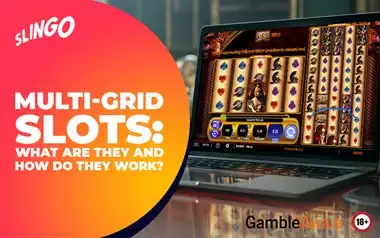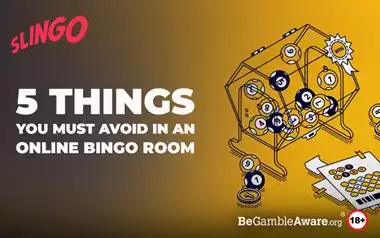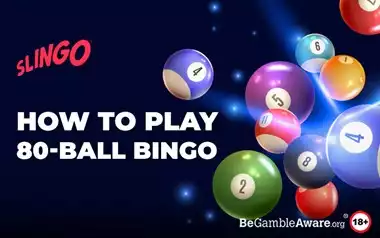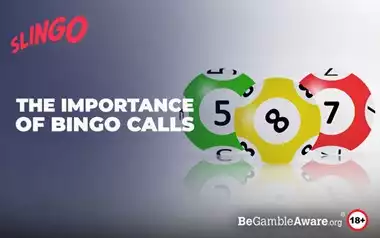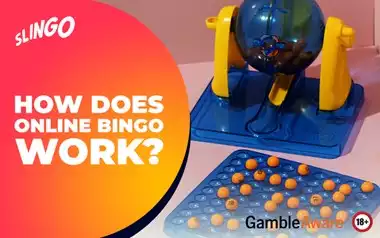When browsing UK online slot games, the eye-catching figure is often the “max win”; sometimes thousands or even tens of thousands of times your original stake. It’s a bold number that naturally sparks curiosity. But should players really see it as an achievable goal?
The reality is that max wins are theoretical limits, not promises. They can tell you something about how a slot is designed, but they are rarely relevant to everyday sessions. Let’s break down what max win really represents, how slim the odds are, and whether it should influence how you choose a slot.
*Terms and conditions apply.*
What the Max Win Really Means
Every slot comes with a theoretical maximum payout, calculated during testing. This is the single largest prize a game can produce under perfect conditions, typically involving a combination of symbols, multipliers, and bonus rounds all falling into place at once.
For example, a slot may advertise a maximum payout of 20,000x. That doesn’t mean you should expect to hit it. Instead, it means that after simulating billions of spins, this was the highest outcome recorded. Think of it as the ceiling, not a frequent result.
This figure is also tied to volatility. Games with higher volatility often carry bigger top payouts because their mechanics are designed around fewer but potentially larger wins. By contrast, low-volatility titles cap out much lower, favouring more regular but smaller rewards.
This connection between volatility and chasing potential is expanded in our article about volatility’s impact on max wins, which shows how the design style behind a slot can shape what’s realistic.
Odds of Hitting It
So, how likely are you to see a max win during regular play? In practice, almost never. Developers don’t always publish probabilities, but hitting the top prize is often less likely than winning a lottery jackpot.
Most of the time, payouts will fall into the game’s typical range: small to medium wins appearing regularly, with occasional larger results. Even landing 500x or 1,000x your stake is rare, but far more achievable than the headline figure displayed on the info page.
That’s why max win should be seen as part of the slot’s profile, not a goal to aim for. Treating it as an expectation could encourage over-spending, when in reality it’s better understood as a marker of volatility and risk. For a deeper dive into this, the blog on risks of slot jackpot chasing unpacks why focusing too much on the ceiling payout can lead players astray.
Games with Big Payout Potential
Looking at specific examples helps illustrate how max wins tie into slot style:
- Starburst: Low-volatility gameplay with a modest max payout around 500x. The design leans on steady, regular wins rather than dramatic swings.
- Book of Dead: A medium-high volatility slot with a maximum payout near 5,000x. Bigger wins are possible, but the balance still allows semi-regular engagement.
- Dead or Alive: Known for extreme volatility, it advertises over 100,000x max win potential. While exciting on paper, hitting it requires a near-impossible sequence of features and symbols.
These examples show how max win reflects the game’s risk level more than its practical outcomes. Players interested in high stakes may be drawn to ambitious figures, while those who prefer smoother pacing might feel more comfortable with smaller caps.
It’s also worth noting how bet limits interact with top payouts. Larger stakes technically increase the monetary potential, but they don’t change the odds of achieving it. To see how this balance works, the article on max win potential linked to stakes breaks down why maximum bets don’t guarantee better outcomes.
Is It Worth Chasing?
The crucial question: should you play a slot just because of its max win? The answer is no. Since the chance of hitting the top payout is so remote, it’s not a sensible basis for choosing where to spend your money.
What max win can do, however, is give you a sense of the game’s personality. High figures usually mean higher variance, with long stretches of low returns punctuated by rare spikes. Lower figures usually mean steadier play with fewer extremes.
This means the number is useful as a guideline, but it should never be treated as a promise. Choosing a slot based on whether you enjoy its features, pace, and style is far more rewarding in the long run.
A More Useful Way to Look at It
Instead of asking, “What’s the top payout?” a more useful question is, “Does this game fit the kind of session I want?”
If you enjoy riskier designs that keep you waiting for a big hit, high-volatility slots with large max wins may suit you, not because you expect to see the top number, but because you enjoy the suspense.
If you prefer steady engagement, slots with smaller max wins and higher hit rates are a better match. These deliver frequent, smaller prizes that maintain interest without relying on extreme outliers.
The key is perspective. Every outcome is determined by chance, and wins of any size are never guaranteed. Setting expectations around the experience, rather than the headline payout, keeps the focus where it should be: on entertainment. For new players, our blog on diverse audience preferences explores how different slot designs cater to different playstyles.
Conclusion
Max win is one of the most misunderstood numbers in slot gaming. While it can give an idea of how volatile a game is, it should never be treated as a realistic goal. The odds of landing it are so rare that most players will never see it, no matter how long they play.
Rather than chasing the biggest possible payout, focus on the elements you actually experience: the frequency of wins, the style of features, and how the game feels to play. This is where the real value lies.
By keeping perspective, you’ll avoid disappointment and approach UK online slot titles with the right expectations. Wins are always based on luck, outcomes are never guaranteed, and the real enjoyment comes from picking a game style that suits your taste, not the numbers on the info screen.





